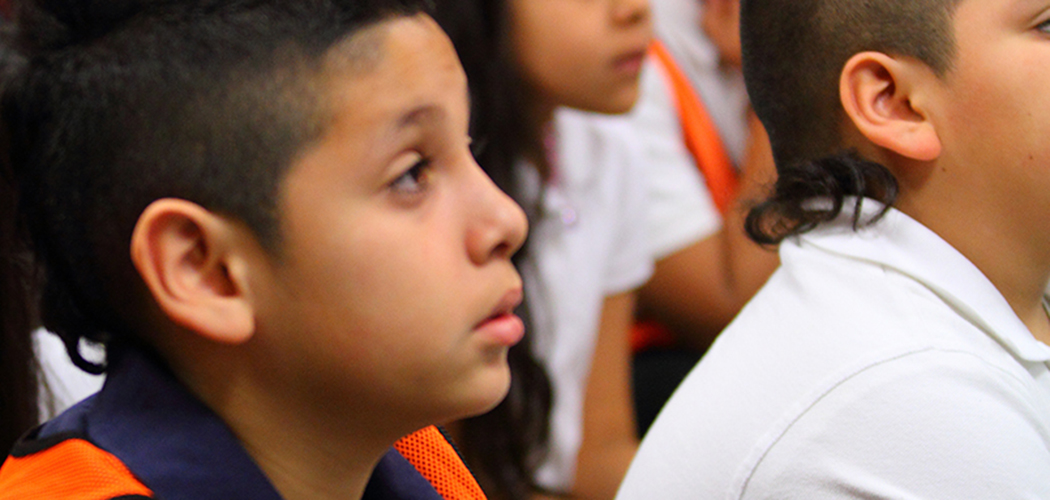Magnet schools have reigned supreme in Dallas ISD for decades. Formed as equalizers in the days of desegregation, the schools have evolved into a great source of pride for the district. How many years running has the Townview Talented and Gifted School been named one of the top high schools in the country by U.S. News and World Report?
A funny thing happened, however, over the last year or so. The district still sent out its annual press release lauding the TAG school and its other magnets on the list of the nation’s best. But “choice school” has begun to supplant “magnet” in the DISD lexicon.
Choice schools are different, first of all, from “school choice,” which evokes a reference to “people who want to use my tax money so they can subsidize their kid’s education in the Radio Church of God,” writes neighbor and Dallas Observer columnist Jim Schutze.
So more than 40 years after its schools desegregated, it appears that Dallas is attempting to level the playing field once again.
Though choice schools were championed by recently resigned Superintendent Mike Miles, the concept didn’t initiate with him. It’s been practiced in Dallas ISD for years, in fact. The idea is for a school to have some sort of unique offering that attracts students and their families, giving them a choice beyond the neighborhood school to which they are zoned.
This isn’t too different than the criteria already used for in-district transfers. Historically, parents could cite something a school offers — Lakewood Elementary’s outdoor learning area, for example, before educational gardens were in vogue — as a reason their child should attend a more desirable school. It was a way to escape an unpopular campus. Conversely, the choice school movement propels families toward a school rather than away from one.
Every principal we interviewed refers to his or her school as a “choice school.” Officially, Dallas ISD has designated only a handful of choice schools, including our neighborhood’s IDEA High School with its new personalized learning program, and Eduardo Mata Elementary with its Montessori curriculum. Both of these schools admit students via a lottery system, giving priority to those who live closest.
But Sanger Elementary, with its dual language immersion program and recently added middle school, has become another choice for neighborhood parents, as have Robert E. Lee and Lipscomb elementary schools, with their dual language programs and international baccalaureate curriculum. Most students who attend these schools live within their boundaries, but if other parents like what they see, they can opt in as long as the schools have available seats. (They do.)
Choice schools are Dallas ISD’s response to the city’s proliferation of private schools, the more recent emergence of charter schools, and the underlying funding threat of “school choice” voucher legislation driven by people dissatisfied with public school options. Choice schools add more options to the mix, and the response — such as the more than 400 applications for IDEA High School’s 100 spots in its inaugural year — seem to confirm that options are what we want.
Never mind that Miles has skipped town. Principals have latched on and parents, too, are jumping on the choice school bandwagon. Interim Superintendent Michael Hinojosa, who held the job for six years before Miles assumed it, has vowed to continue the effort.
As if he had a choice.
- Choice schools’ are overtaking magnets in the Dallas ISD lexicon
- Wherefore art thou, Flamin’ Hot Cheetos?
- Pre-K is the answer, experts say — the question is, how?
- Alex Sanger Elementary is Dallas ISD’s newest middle school
- How to get $13 million for your school: An advocacy primer
- Meet the neighborhood resident designing Lakewood Elementary’s new addition
- Danielle Petters reflects on her time at J.L. Long Middle School
- Robert E. Lee and William Lipscomb elementaries go global with International Baccalaureate and dual language programs
- A new ‘one size fits one’ approach for Dan D. Rogers Elementary






